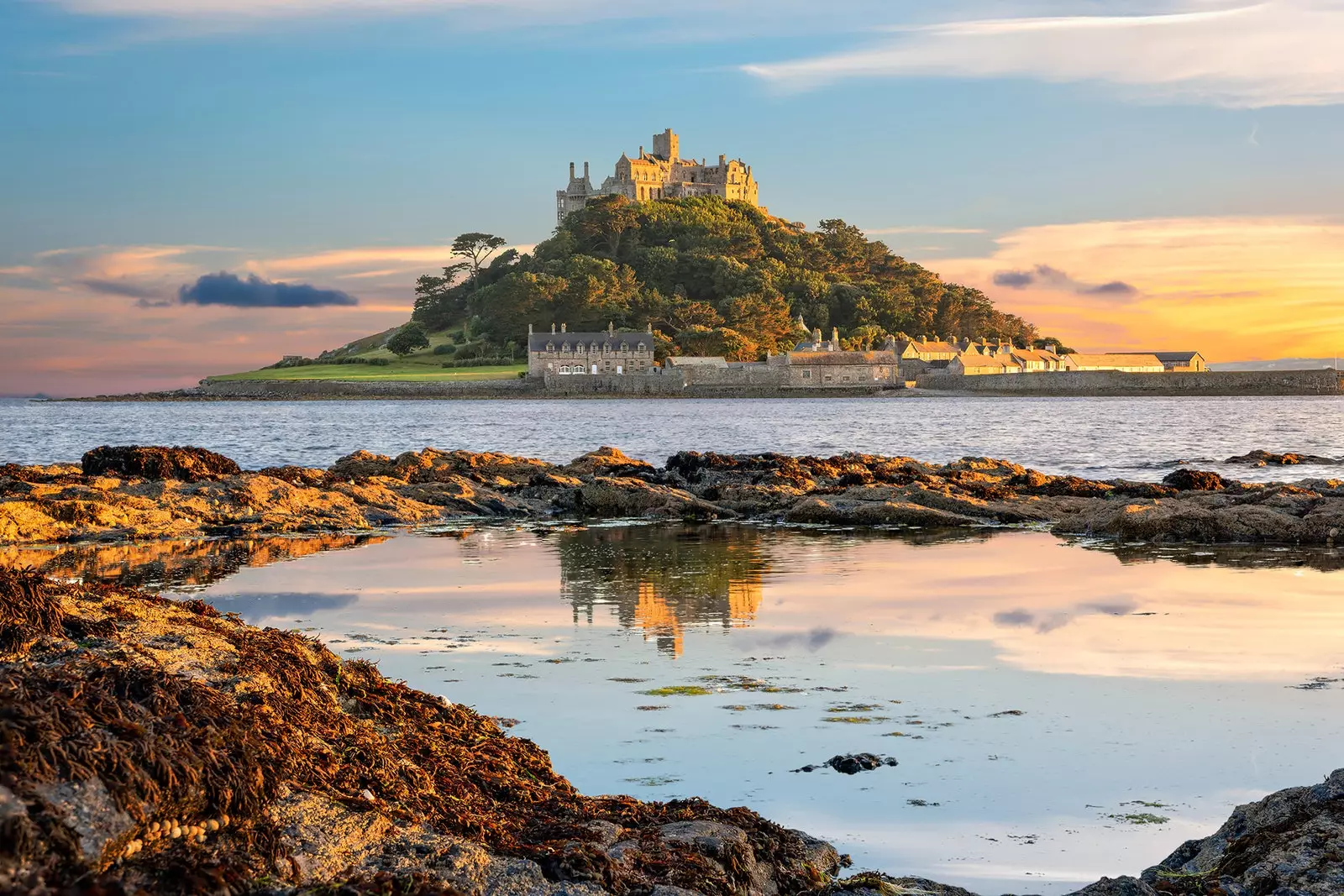
St Michael's Mount
A few days' visit to the English county of Cornwall , situated in the far south-west of England, can give you a cursory glimpse of a place that hides many treasures under its first skin exposed to the eyes of the passing tourist.
you will admire their dramatic cliffs, you will stroll through the central alleys of its seaside resort towns , you will bathe in its beaches surrounded by green landscapes and savor its dishes based on seafood. Admittedly, this is no small feat, but Cornwall is like a fruit with a sweet heart.
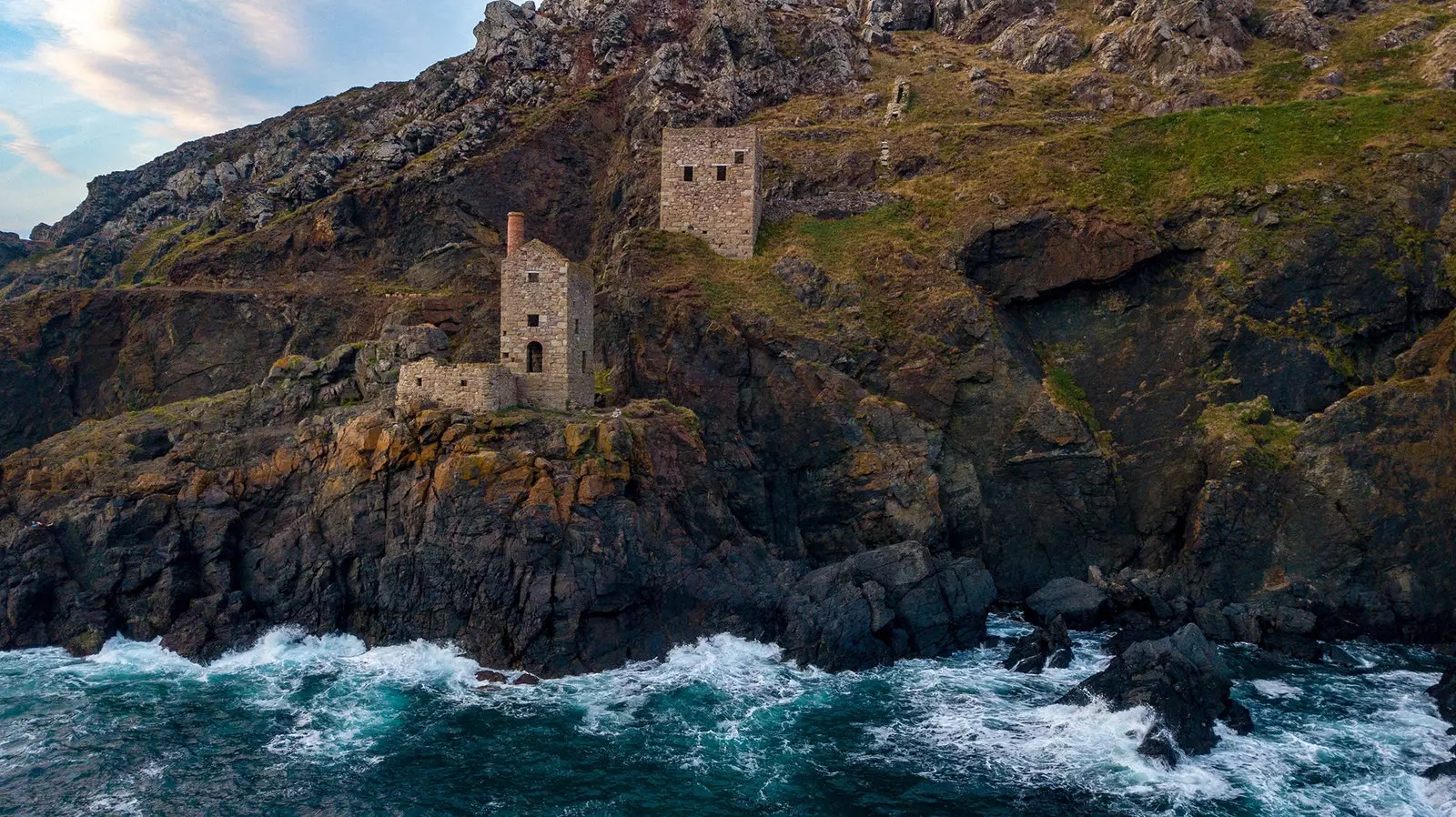
Cornwall, a trip to the wild nature of England
CORNWALL, CELTIC LAND
Cornish people still speak Cornish, a language with Celtic roots that has nothing to do with English. From that archaic town they also conserve their bravery, pride, strength and honesty.
Historically, Cornwall has always gone against the grain of the rest of England, with a stubbornness that culminated in armed clashes, such as the Cornish Rebellion , against King Henry VII, 1497.
For all these reasons, if you scratch the surface of the places you visit during your trip to Cornwall, you will find that occult celtic passion.
Hear stories in the pubs, by the heat of the fire and a good pint of beer Firebrand (one of the best spirits in the county), talk to former miners and fishermen who are now out of place in a low-wage, low-skill tourism industry, and tour the coast trying to learn the hidden story behind of each of the many ruins that dot it.
You will discover another Cornwall, with an untamed heart and a fascinating past. A Cornishman who fights for the future by calling on a druid miracle that once inhabited its forests.
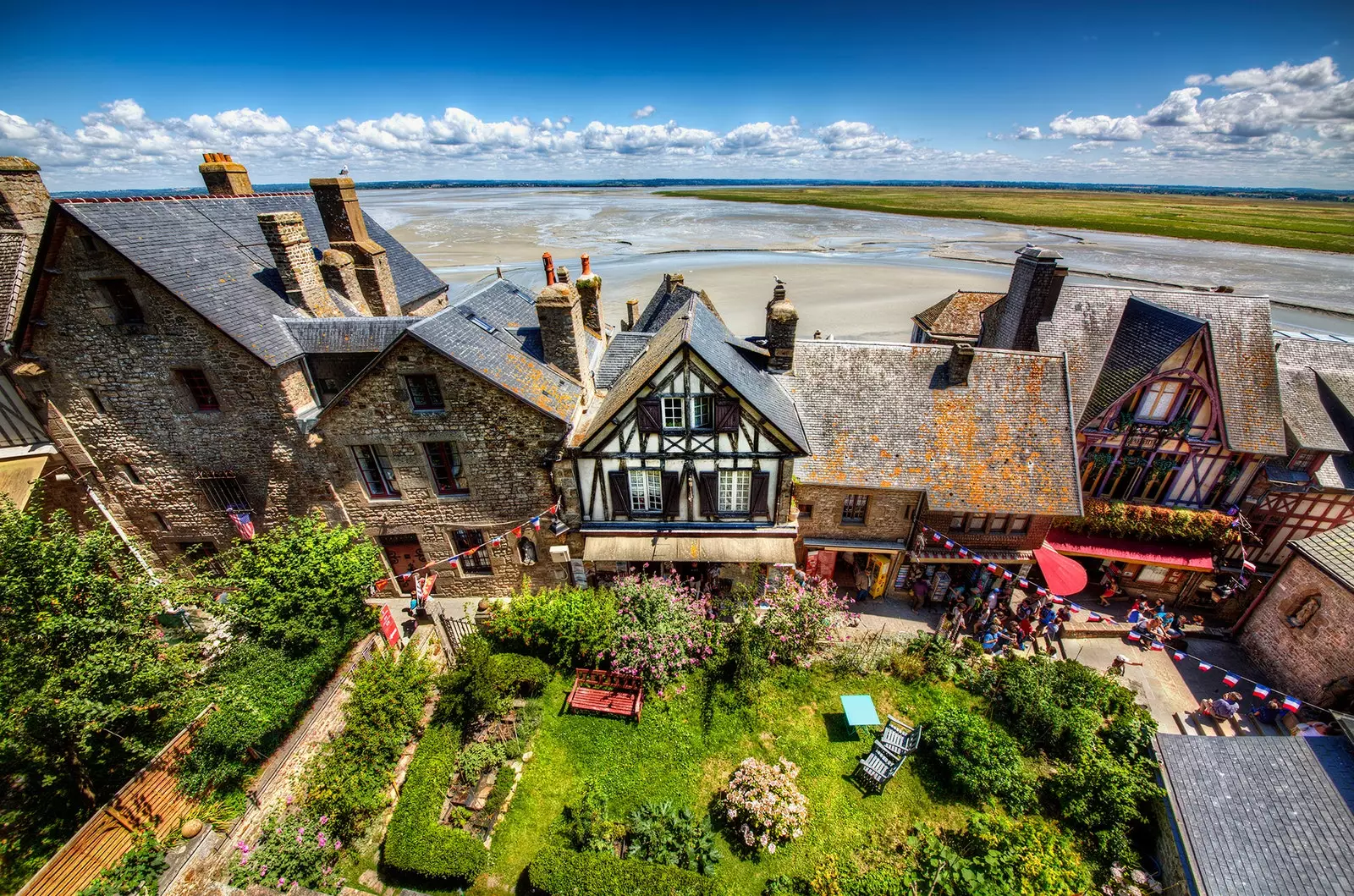
From inside St Michael's Mount
ST. IVES AND OTHER COASTAL TOWNS
The best known and most visited part of the county of Cornwall is its extensive coastline.
A good number of small towns whose inhabitants had a prosperous life in the first half of the 20th century, when the economy stood out thanks to the fishing – mostly sardines – and the tin mining . However, the second half of the last century brought with it great changes and tourism was the float to which most of these populations had to cling.
It is especially noticeable in St Ives , where a tour of the beautiful city center - full of souvenir and candy shops - ends up taking you to a fishing port that is picturesque today, but once was bustling with activity.
Perhaps it was this movement of boats and sailors that inspired the artists who lived here. painters like Alfred Wallis, Ben Nicholson and Christopher Wood and, above all, the sculptress Barbara Hepworth , a woman ahead of her time, and whom you can get to know a little better if you visit her house-museum.
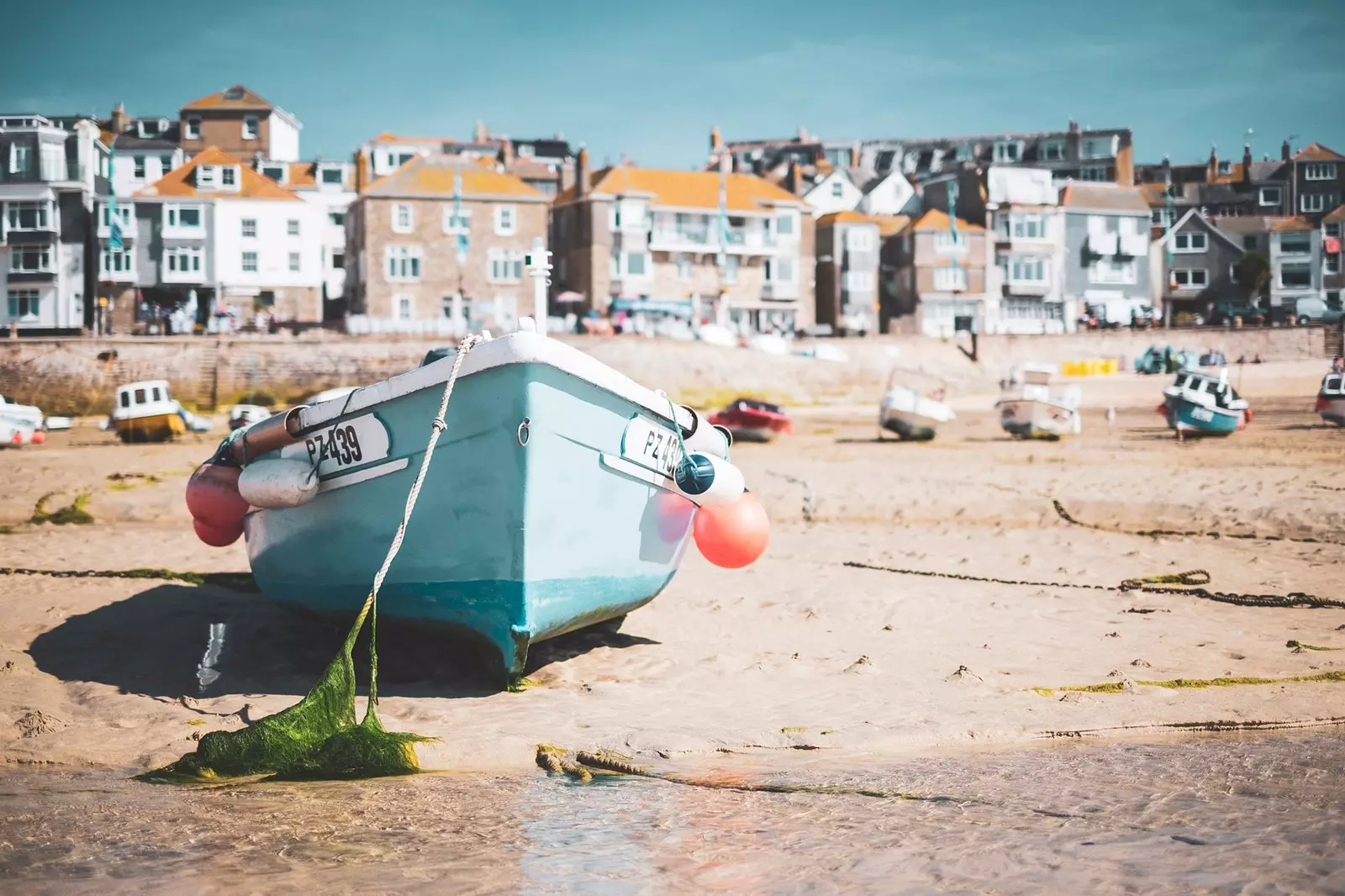
St. Ives, the postcard fishing village
Another of the best places you can visit in St. Ives is also related to art: the Tate Gallery of St. Ives . Inside, sculptures and paintings by British artists of the 20th century shine, and outside, the beautiful beach of Porthmeor , where students from the St. Ives Surf School learn to ride untamed waves, like the Cornish spirit.
Other towns worth visiting on the Cornish coast are Falmouth , with its five beaches and the imposing pendennis castle , Y Newquay , one of the most popular vacation resorts in the area among domestic tourists.
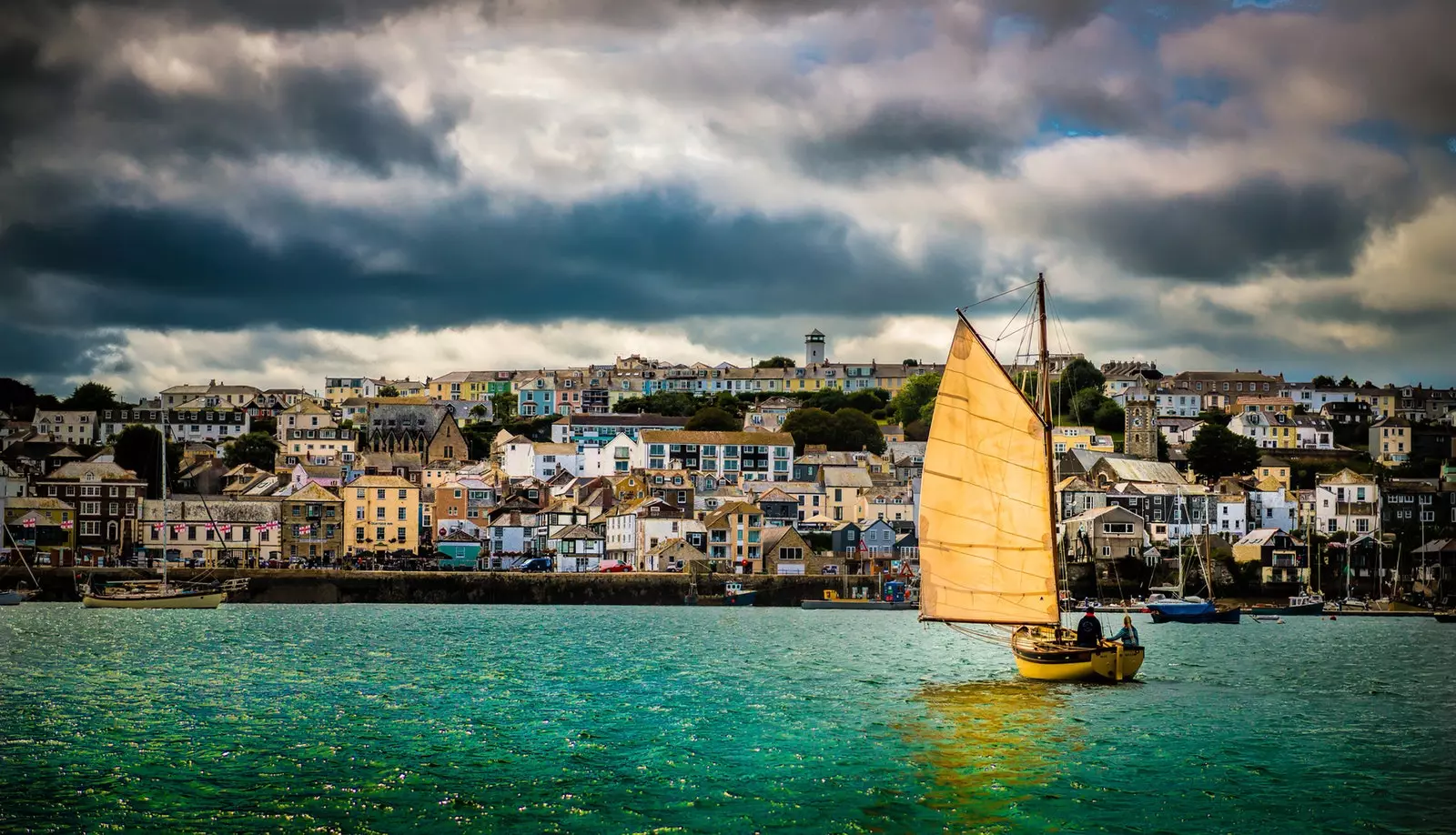
Falmouth
HISTORICAL AND CULTURAL LEGACY
The Cornish coast is steeped in history and culture.
Whether you are a lover of classical theater or not, you can't miss a play at the ** Minack Theater **. You have never seen anything like it.
The Minack Theater is carved out of a cliff face that overlooks the ocean. Created in 1932 by Rowena Cade , here works of shakespeare , concerts are heard and you can even admire a beautiful garden in which subtropical species flourish. One of the most beautiful open-air theaters in the world.
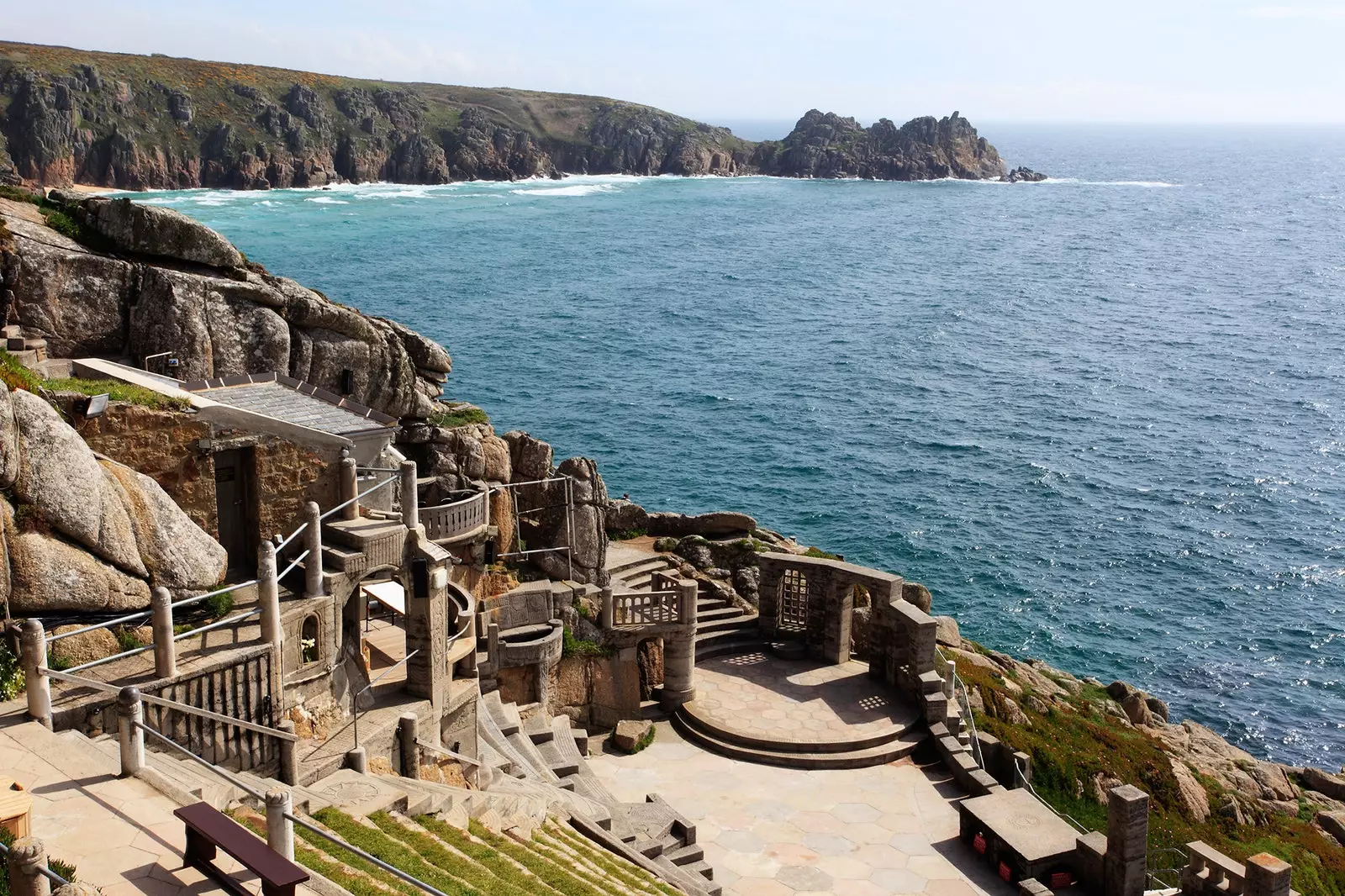
Minack Theater
Another important cultural legacy is St Michael's Mount , Mont Saint-Michel in Cornwall. Like its famous French sister, the island of St Michael's Mount ceases to be an island when the tide goes out and can be reached on foot. A monastery was built on that small hill in the 8th century, passing into Benedictine hands somewhat later, and Colonel John St Aubyn in 1659.
Today the family St Aubyn still owns St Michael's Mount and they transformed the monastery into a mixture of palace and castle whose interior, although there is an inhabited part, can be visited. It is one of the most beautiful places in Cornwall.
The pendennis castle - a 16th-century defensive fortress overlooking Falmouth - and the many ruins of old tin mines - which loom over the coastline in the false guise of defensive towers - are other iconic pieces of Cornwall's historical legacy.
Those tin mines now appear abandoned, but some - like the Levant mine - are maintained by the British National Trust so that the visitor can understand how they functioned and their role in Cornish history.
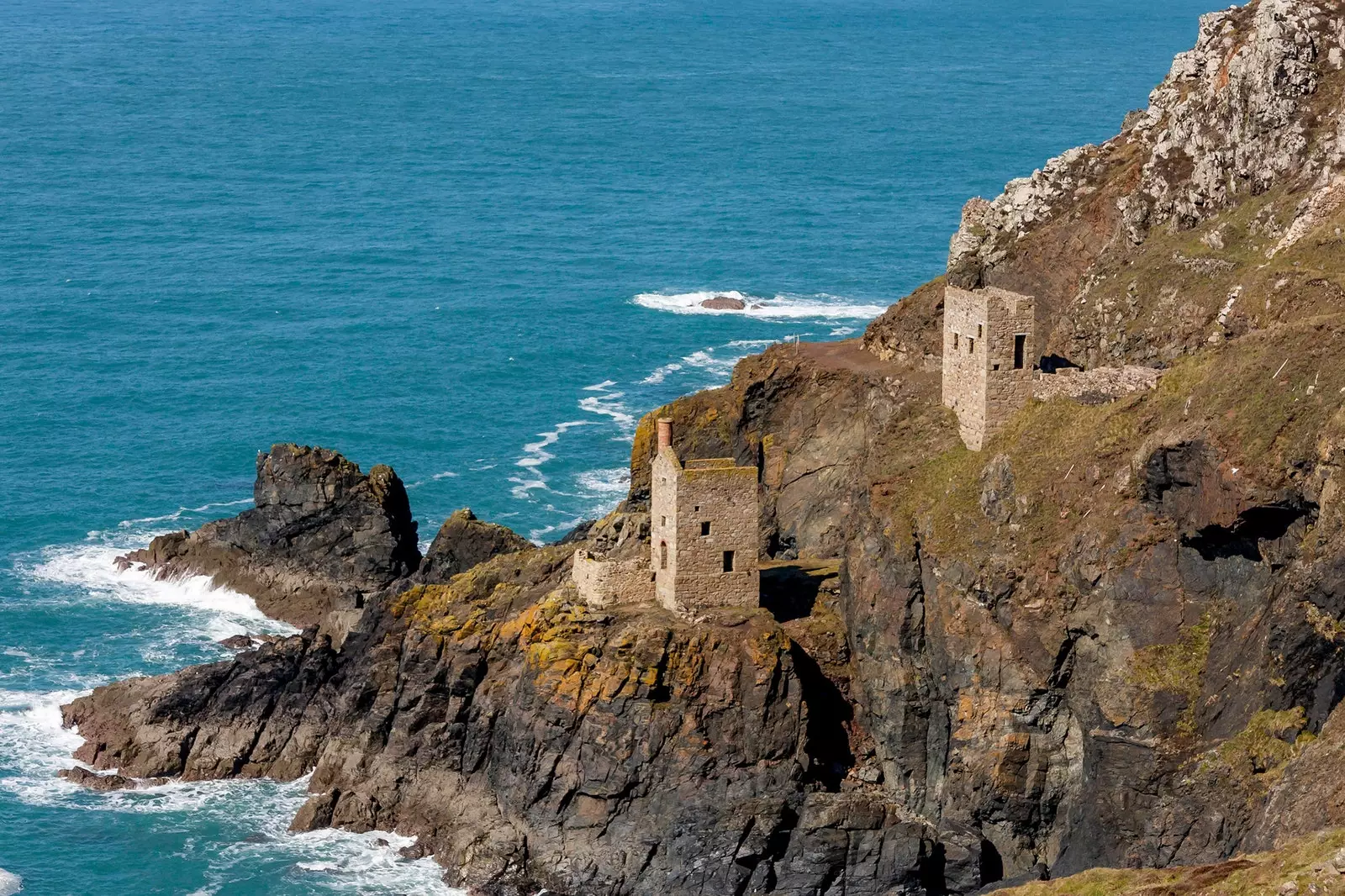
Levant Mines
NATURE, HIKING AND OUTDOOR SPORTS
Many of the tin mine ruins are found along the so-called England South West Coast Path (South West Coast Path). It's a trail of something more than 1,000 km in length that runs along the dramatic coastline of south-west England, being the longest in the country. It spreads between the populations of Minehead (Sommerset) and Poole, and it is an ecstasy for the senses.
Parts of the trail can be done by bike or horseback, but most travelers prefer to walk different sections each time, returning each year to pick up where they left off.
Cliffs covered with bushes and grasses, coves and caves used by pirates and smugglers, Iron Age burial mounds, ghost towns and mines , peregrine falcons and there, in the sea, seals, dolphins and sharks. A cultural and natural heritage that is maintained by hundreds of volunteers.
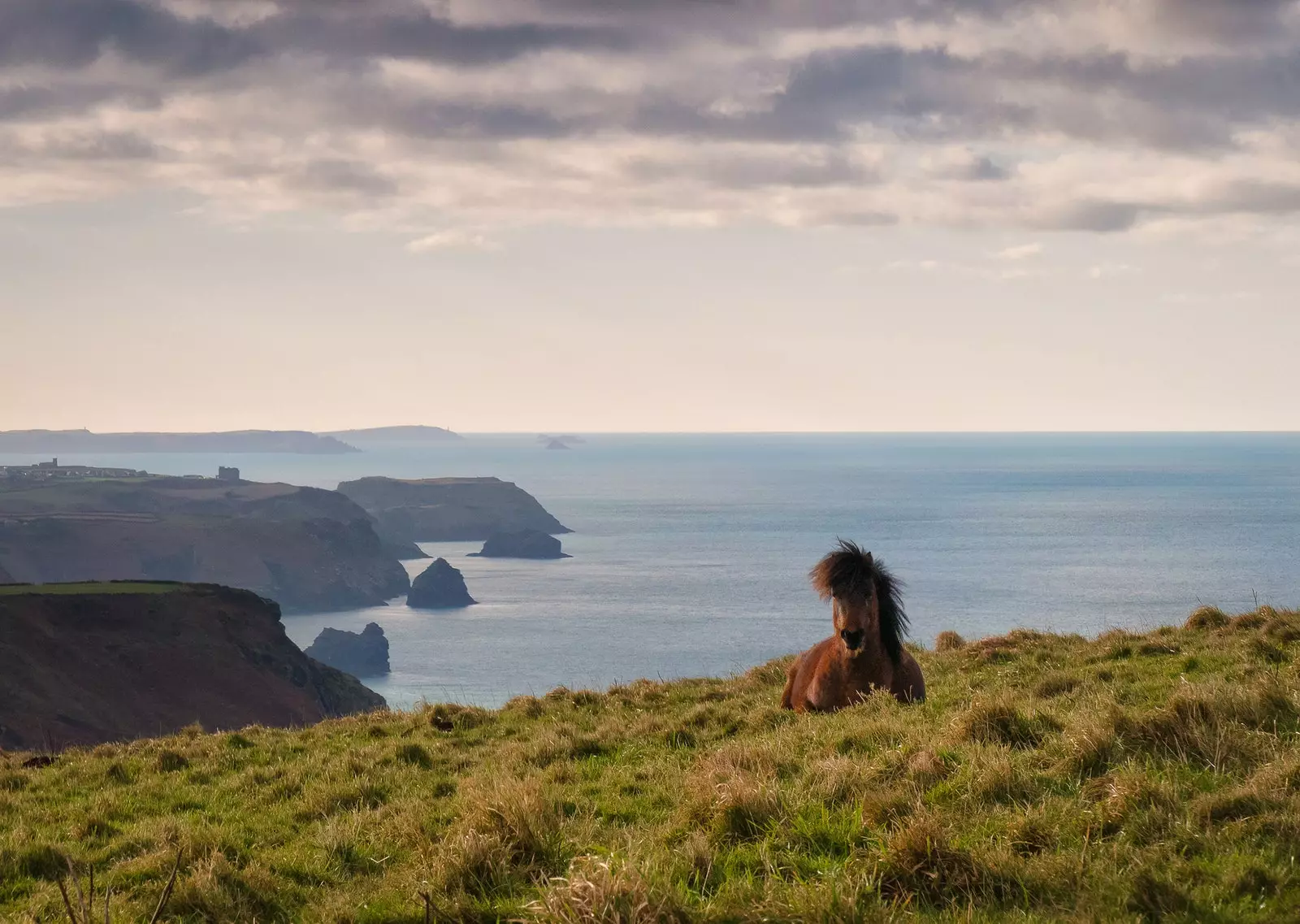
This is what you can find doing the South West Coast Path
The special orography of Cornwall makes the place a paradise for lovers of water and adventure sports.
A combination of both is coasteering, a discipline invented in Wales in this decade and which consists of wading through sea coasts full of rocks and cliffs.
It combines swimming, simple rock climbing and jumps of up to 15 meters in deep sea trenches. you can practice it in Newquay , same as him surfing and SUP (Stand Up Paddle). Another quieter way to explore this beautiful coast is on board a kayak, paddling calmly.
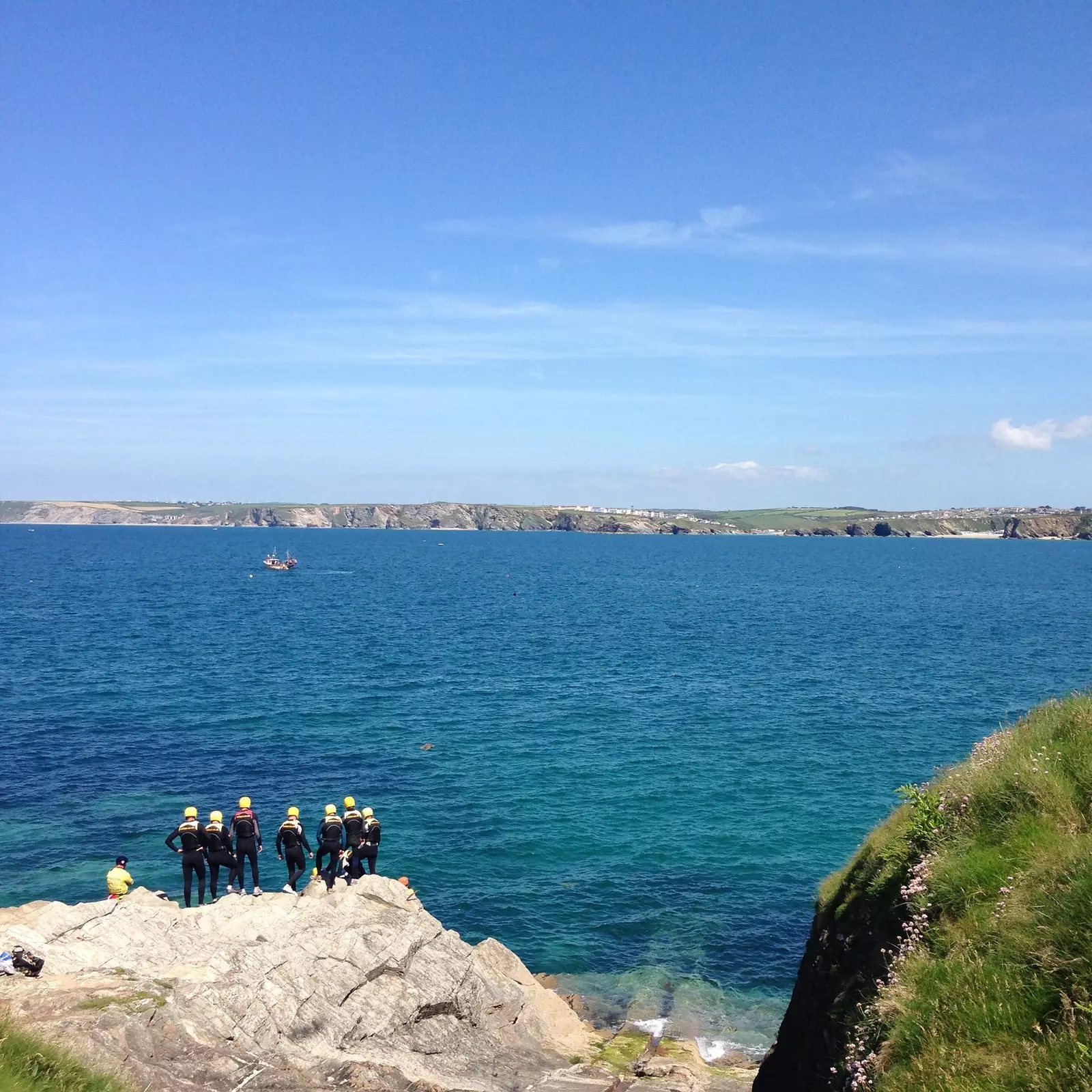
Coasteering in Cornwall
GASTRONOMY AND WELLNESS
Cornwall must be traversed at a leisurely pace, enjoying how much it has to offer.
That's why many of the hotels you'll find on the Cornish coast have spa facilities, attracting tourism throughout the year. This is the case of the St Michaels hotel in Falmouth or the spectacular Carbis Bay that opens up to a lonely beach, owned by the hotel.
Lie down next to a heated swimming pool, enlivened by massage jets, as you gaze through a wide glass window at the beautiful Cornish coastline. Complete the package with any of the massages and wellness treatments available.

Relax overlooking the beautiful Cornish coastline
Refering to gastronomy , you will not taste another classic fish & chips better than the one from Rick Stein from Falmouth. In addition to that typical British dish, it has high quality seafood. If you are a carnivore, enjoy the original and tasty burgers at ** Blas Burger Works , in St. Ives.**
Lastly, give yourself the luxury of dining at the restaurant that television chef, Jamie Oliver , opened near Newquay. In ** Fifteen ** you can try a cuisine with a clear Italian influence , while helping to develop street youth who aspire to be chefs.
When you leave Cornwall, you will feel that a part of you remains there, lost forever in the waves that crash against cliffs that barely flinch like the strong people that dwell on them.
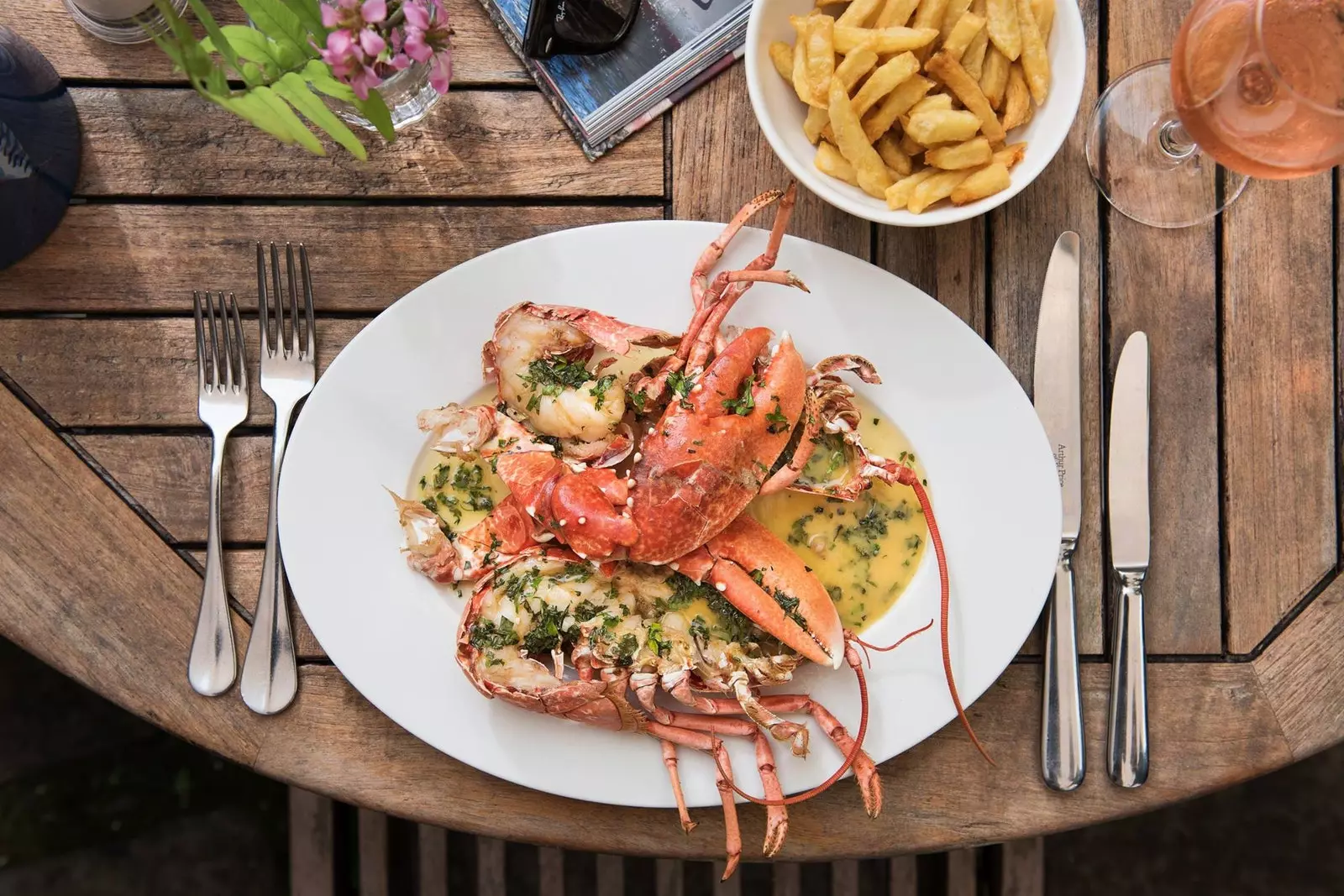
Seafood and a 'fish and chips' to repeat
